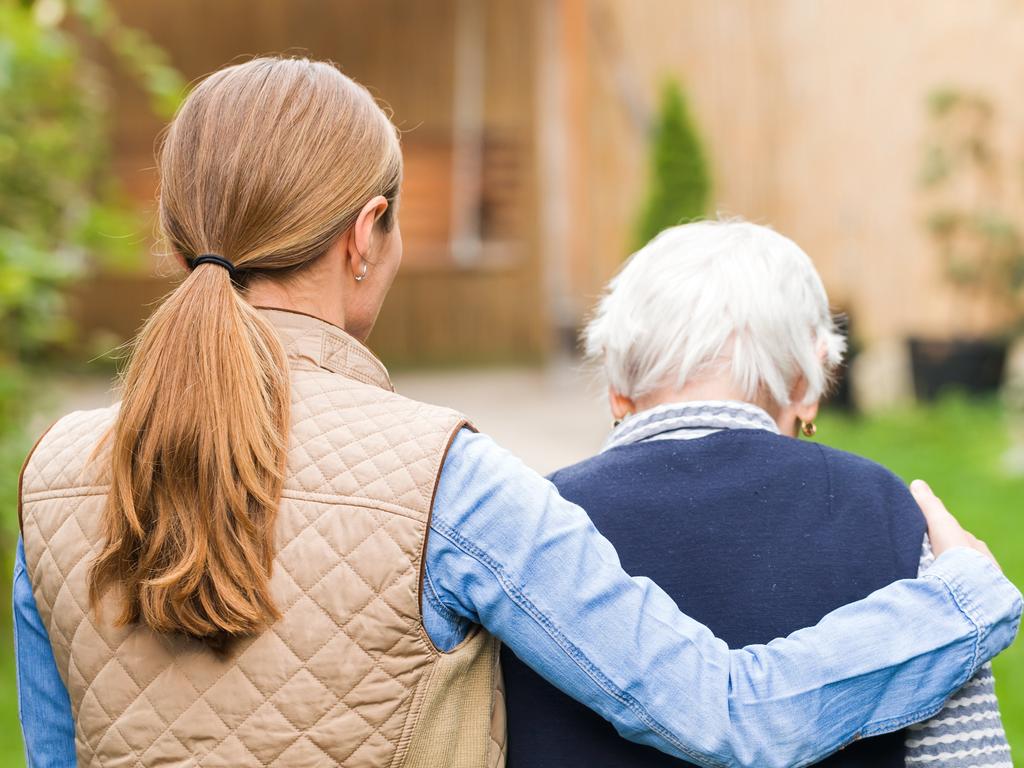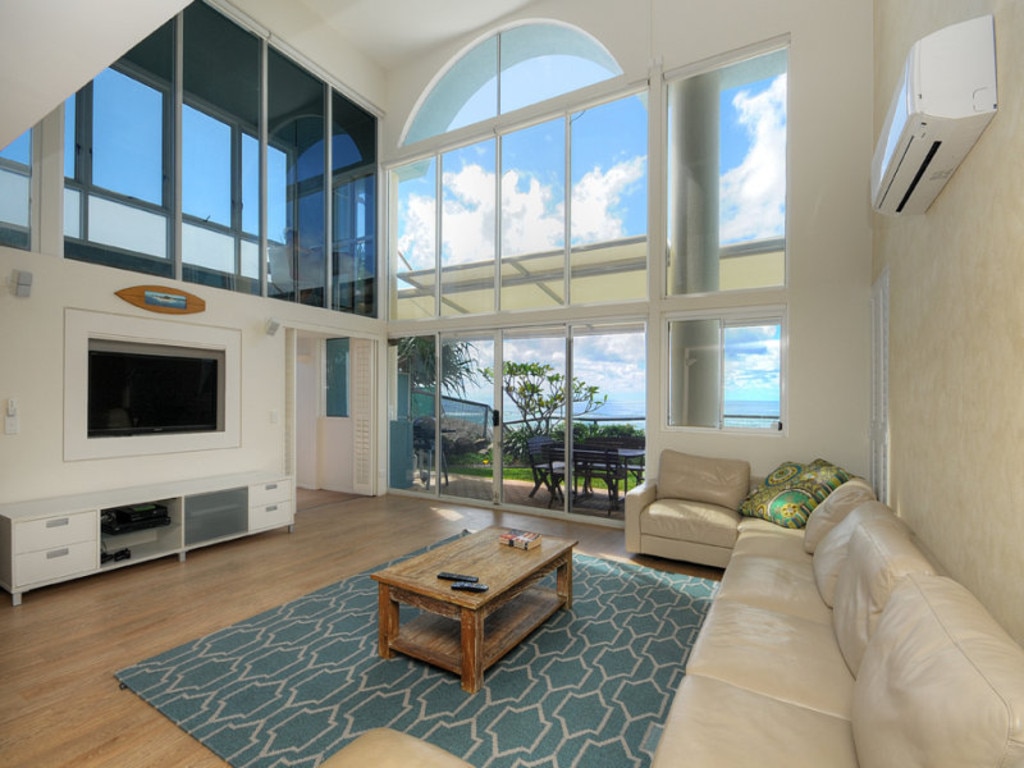Bar brawl over new limits on alcohol consumption
The alcohol industry is going to war with Australia’s peak health advisory group, saying cutting the recommended consumption of standard drinks from 14 to 10 per week has no basis in science.

The alcohol industry is going to war with Australia’s peak health advisory group, saying its latest push to reduce the recommended consumption of standard drinks from 14 to 10 per week has no basis in science and is a “nanny state crusade” to treat drinking like smoking.
Brewers and winemakers are accusing the National Health and Medical Research Council of cherrypicking data from the landmark Sheffield University study into alcohol to create the worst possible picture of its health impact.
They believe that by pushing to reduce the recommended drinks intake the NHMRC is trying to copy the same zero-tolerance tactics used against tobacco, as evidenced by the slogan “every cigarette is doing you damage”.
However, peak alcohol industry group Alcohol Beverages Australia has analysed the data used by the NHMRC and claims the Sheffield study actually shows that a committed teetotaller who has zero drinks per week faces the same risk of death as a person who has 28 standard drinks per week.
ABA will release its own analysis on Monday, saying the NHMRC needs to explain how it reached such drastic conclusions in the draft guidelines released last December, and which are expected to be confirmed as the official new Australian alcohol advice this month.
The new guidelines are the first overhaul of the drinking regulations since 2009.
Aside from reducing weekly intake from 14 to 10 drinks, they state that not only should pregnant and breastfeeding women never drink, but women who are considering becoming pregnant should not drink either.
The draft guidelines also state no one younger than 18 should ever drink alcohol, a toughening of the 2009 guidelines, which suggested parents could allow children aged 15-17 to have a glass of wine with dinner to get them accustomed to drinking.
Alcohol Beverages Australia chief executive officer Andrew Wilsmore said one of the more “staggering” aspects of the guidelines was that they came at a time when fewer Australians were drinking at dangerous levels than ever before.

“The rate of alcohol consumption has been coming down for years, so you have to wonder whether this is some last-ditch nanny state crusade to treat all alcohol consumption as life-threatening,” Mr Wilsmore told The Australian.
“There is simply no evidence to support such a claim. There is no such thing as safe smoking, but there is absolutely such a thing as safe and sensible drinking.”
When the draft guidelines were released last December, the NHMRC said they were “designed to reflect the most recent and best available evidence’’.
NHMRC chief executive Anne Kelso said the aim of the draft guidelines was to provide clear guidance for Australians on reducing their risk of harm from drinking alcohol. They were also intended to form the evidence base for future policymaking and educational materials by federal and state health bodies.
“We’re not telling Australians how much to drink,” Professor Kelso said. “We’re providing advice about the health risks from drinking alcohol so that we can all make informed decisions in our daily lives. This advice has been developed over the past three years using the best health evidence available.”
Mr Wilsmore said the key omission in the NHMRC’s reading of the Sheffield research was the identical health outcomes for teetotallers and people having 28 drinks per week.
The NHMRC operates under the auspices of the federal Health Department but is not answerable to the Health Minister and makes its own determinations independent of government.
Mr Wilsmore warned there was a danger that the new guidelines were so “draconian and questionable” that many people would just ignore them. “Australians should not be made to feel guilty about enjoying a drink or a couple sharing a bottle of wine over dinner,” Mr Wilsmore said.
“Considering that government research found that the public considered the 2009 guidelines unrealistic, these harsher, more restrictive, less balanced and poorly targeted draft guidelines do not provide more hope of being found to be acceptable by the public, and arguably stand far less chance of public acceptance.”
Alcohol Beverages Australia also believes that the NHMRC has dramatically overstated the link between alcohol and cancer.
Its own analysis shows that there are only marginal increases in the chances of contracting cancer between a non-drinker and people consuming 14 drinks or more per week: an increase of 1.3 per cent for men and 2.3 per cent for women, with alcohol consumption linked to just 2.8 per cent of all cancers in Australia.
Alcohol Beverages Australia says this marginal increase in cancer risk is offset by findings that moderate alcohol consumption can also provide a protective effect against certain cardiovascular diseases.
It says in its analysis that moderate alcohol consumption actually saves more than 3500 Australians a year from chronic conditions, and on current consumption levels here more women’s lives are saved than lost from alcohol-attributed disease or injury, a net increase of 308 lives.
The new guidelines were getting an underwhelming reception at Adelaide’s East End Cellars over the weekend, where friends Samantha Cornay and Tyler Austin were enjoying a quiet drink together.
The friends are studying to work in the alcohol industry, with 29-year-old Ms Cornay having left her job as a wine rep and moved from Sydney to study winemaking at the University of Adelaide’s Waite Campus, and Ms Austin, 26, working as a sommelier for five years before moving from Brisbane to study wine and spirit education at TAFE SA.
“I think that people have already become more discerning and that they’re not only drinking less but drinking better,” Ms Cornay said.
“People are more educated than they were and are now more likely to pay more for a really great or interesting bottle instead of just smashing down five glasses of New Zealand sauv blanc.”








To join the conversation, please log in. Don't have an account? Register
Join the conversation, you are commenting as Logout